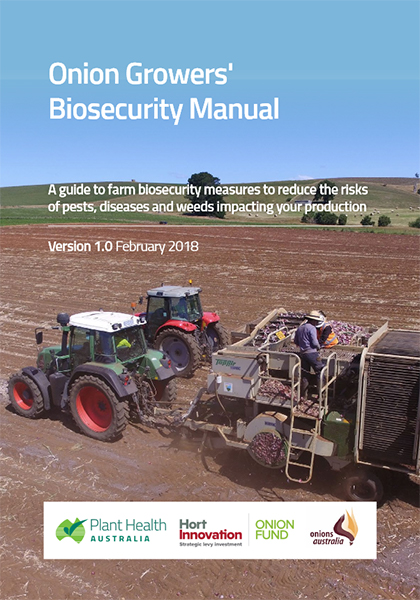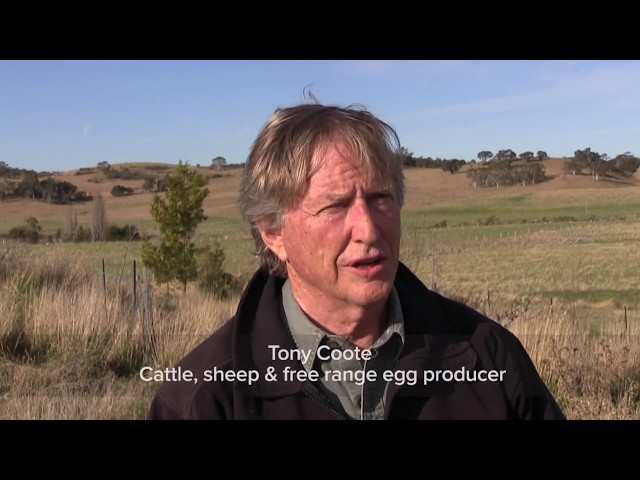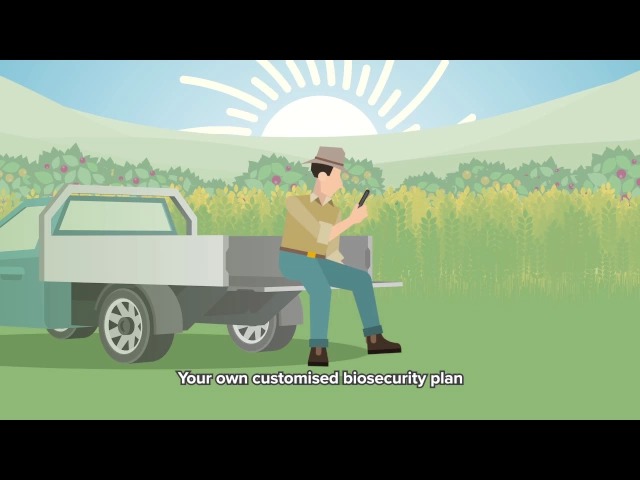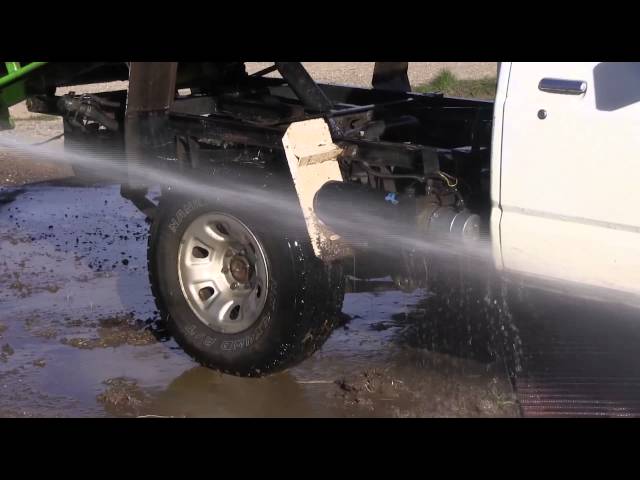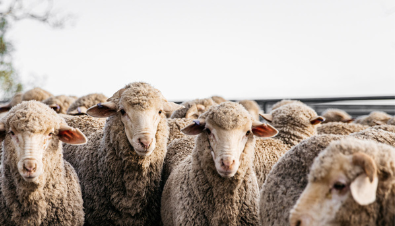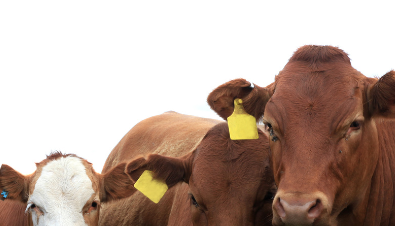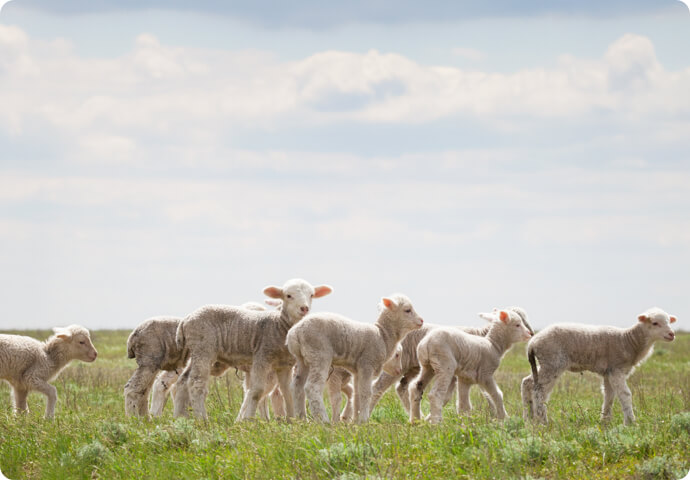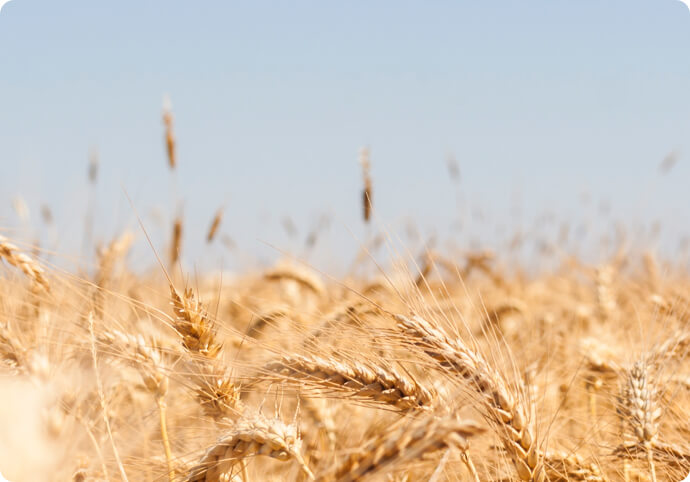The Onion Grower’s Biosecurity Manual outlines the recommended on farm biosecurity practices that aim to reduce the risks posed by pests and diseases. Other resources for onion producers are listed below.
When thinking about implementing biosecurity measures on your farm, the six biosecurity essentials are a good place to start. The biosecurity essentials are:
1. Farm inputs
2. People, vehicles and equipment
3. Production practices
4. Farm outputs
5. Feral animals and weeds
6. Train, plan and record
Tailored advice for onion growers based on the biosecurity essentials is included in the manual.
This section of the site also includes some case studies about on-farm biosecurity being used to eradicate or contain two pests of onions and information about specific pests and diseases.

